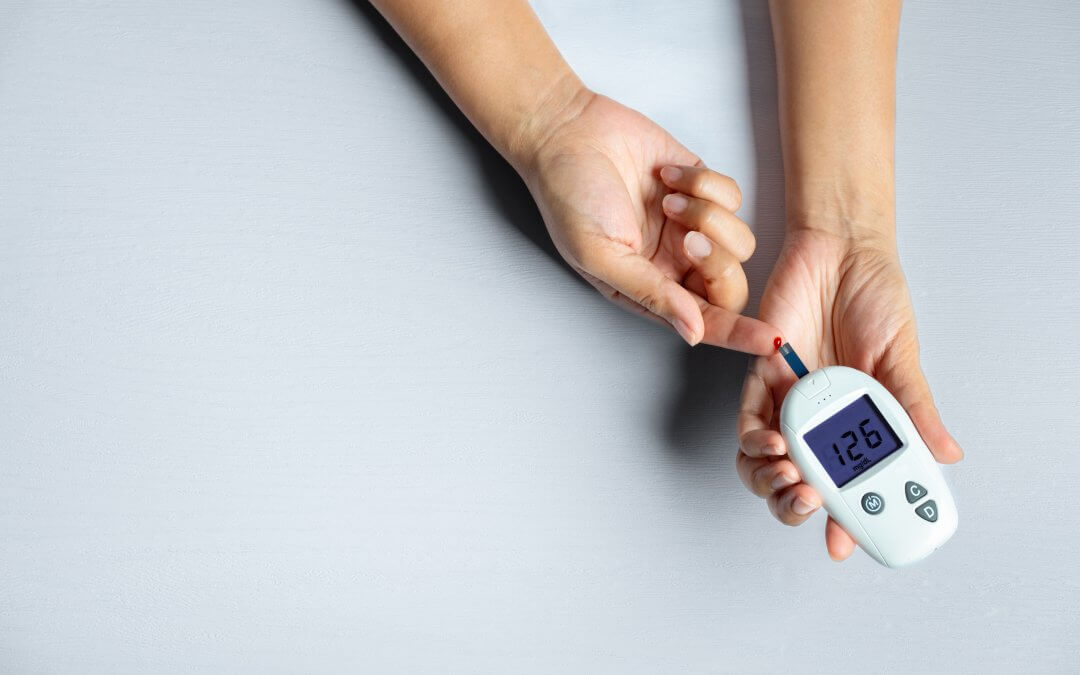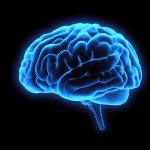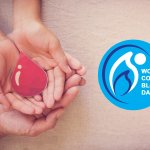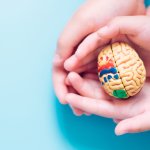A 25-year-old woman from China is the first in the world to have been cured from type 1 diabetes, following an injection of islet cells derived from her own reprogrammed stem cells.
The study, published in the Cell journal, offers real hope to the millions of people worldwide suffering from this disease.
What is type 1 diabetes?
Type 1 diabetes is an autoimmune disease that causes the body’s own immune system to mistakenly attack and destroy insulin-producing cells in the pancreas.[1]
Insulin is a hormone which moves glucose (sugar) from the bloodstream into cells, where it is used for energy, and also helps store any extra glucose.[2]
Without insulin, glucose instead accumulates in the blood, causing a host of severe complications including vision loss, nerve damage, kidney failure, and non-healing ulcers that lead to lower limb amputations.[3]
This means people suffering from type 1 diabetes are dependent on external sources of insulin (through injections or a pump), and have to track and manage their blood sugar levels carefully.
How was the cure developed?
A team at Peking University, Beijing, China, extracted cells from three patients with type 1 diabetes and reverted them to a pluripotent state, from which they could be converted to different cell types in the body. These induced pluripotent stem cells (iPSC) were then used to generate clusters of islet cells, which would then be transplanted back into the patients.
Two and a half months later, the first patient to receive the transplant was producing enough insulin to no longer need external injections; she has remained insulin independent since, for more than a year.
Deng Hongkui, the lead scientist in the study, states the results for the other two patients in the study are also very positive. Those patients would have reached the one-year mark in November; it is hoped that when the results are published the trial could be expanded to more patients.[4]
Why is this trial important?
Islet cell transplantation can be an effective treatment for diabetes. In the past, this has relied on islet cells collected from organ donors, which are not sufficient to meet growing demand and require transplant recipients to use immune-suppressant medication to prevent transplant rejection.
A novel therapy developed by Vertex, currently undergoing clinical trials, aims to solve that issue by deriving islet cells from stem cells; however, this therapy also uses donated stem cells as a source, and thus requires the use of immune-suppressant medication.
It is hoped that the use of autologous (own) stem cells will remove the need for this medication. Since the patient studied was already on immune-suppressants due to a liver transplant, this is not a certainty; because type 1 diabetes is an autoimmune condition, there is still a risk that the immune system could attack the newly-transplanted islets regardless. However, Deng and his team aim to develop islet cells that can entirely evade the immune response.
The importance of banking stem cells
Although further study is required to evaluate the effectiveness of this therapy, breakthroughs like this highlight the potential of stem cells in the development of treatments for life-altering, chronic conditions such as type 1 diabetes.
By banking your baby’s cord stem cells, you can make sure they can be used for regenerative therapies like this, should your baby them in the future. To find out more about saving these powerful cells for your baby, download your free Welcome Pack by filling in the form below.
References
FIND OUT MORE, REQUEST YOUR WELCOME PACK TODAY
All you need to know to make an informed decision.
Provide your contact details to request:
– Complete Welcome Pack and Parent’s Guide
– Information via email
– Contact from our specialist advisors









